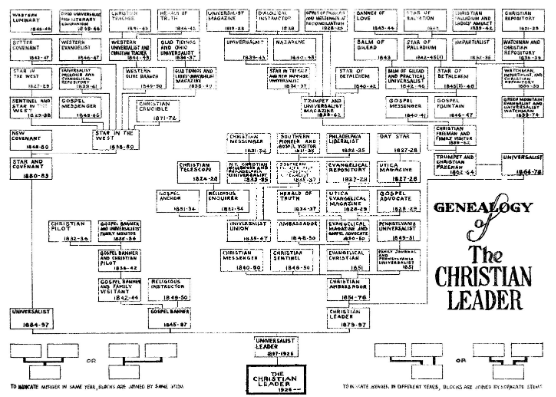Today was a rough day: oral surgery and then rest at home. All I wanted to do was read, and there was this newspaper from the 1880s I found online. How could I resist?
The Atlanta Universalist ran from 1879 to 1882, first under the editorship of Universalist minister William Clayton Bowman then under Daniel Bragg Clayton (1817-1906), an evergreen ministerial and publishing figure in Southern Universalism. Clayton Memorial Unitarian Universalist Church, Newberry, South Carolina is named for him.
Further, the paper is presented as a part of the Georgia Historic Newspapers. I wonder if it’s related to the Georgia Newspaper Project: my first job at the University of Georgia many, many years ago, where I was as a camera operator and its good to see the familiar four-page layout of this weekly, later semi-monthly publication. They have a small sample of titles from Clayton’s editorship, and the strain was clear. (Why won’t people pay their subscription fees?) These publisher-ministers also preached circuits and when Clayton lost his publishing partner, he had to halve the number of issues.
The issues were not four packed pages of hard-hitting Universalist theology. It was a pleasing mix of entertaining stories with a message, news clips, useful information, so-so jokes and advertising (the train schedules are my favorite) with the expected sermon texts, church news (including where he would be preaching) and denominational updates. It’s an assortment that works well for anyone who scrolls news and videos on a phone. Perhaps we’re not all that different.
Here are some of the stories that I read before I zonked out again. If I read more, I’ll add them to the bottom later.
April 6, 1881. Atlanta church location and schedule. List of officers and deacons. Page 3. The Unitarian minister preaches to the Atlanta church “with hearty approval.” (they later merged, fwiw) and Clayton visits and preaches with Bowman. Book lists and fun ads. Page 4. “Two Women Wedded,” a news clip from Boston likely of interest in students of lesbian or transgender history.
Sepbember 8, misdated as August 31, 1881. E. G. Janeway speaks to the Young Men’s Hebrew Association about hygiene as a means to prevent disease, presumably in New York. Focus on ventilation in buildings. Page 2. Clayton preaches sermon in the Mechanicsburg neighborhood of Atlanta showing that Jesus did pray for the whole world in John 17, and that while Judas was lost, Jesus seeks the lost. Affirmed that Judas was an apostle, but lost this status or role. Notice of the Georgia Universalist Convention to be held “the Friday before the 5th Sunday in October” for three days, at the Mulberry Church (a.k.a. Rockwell Universalist, Winder, Georgia), with information about trains and onward transportation. Clayton announces preaching at Flowery Branch (Hall County), Walton County (south of Athens) and Walker County (northwest corner of the state.) page 3. The question of the taxation of churches. A chronology of comets and train schedules that makes me realize how much we lost. page 4. Recipes. The apple pancakes and gingerbread loaf sound delicious.



